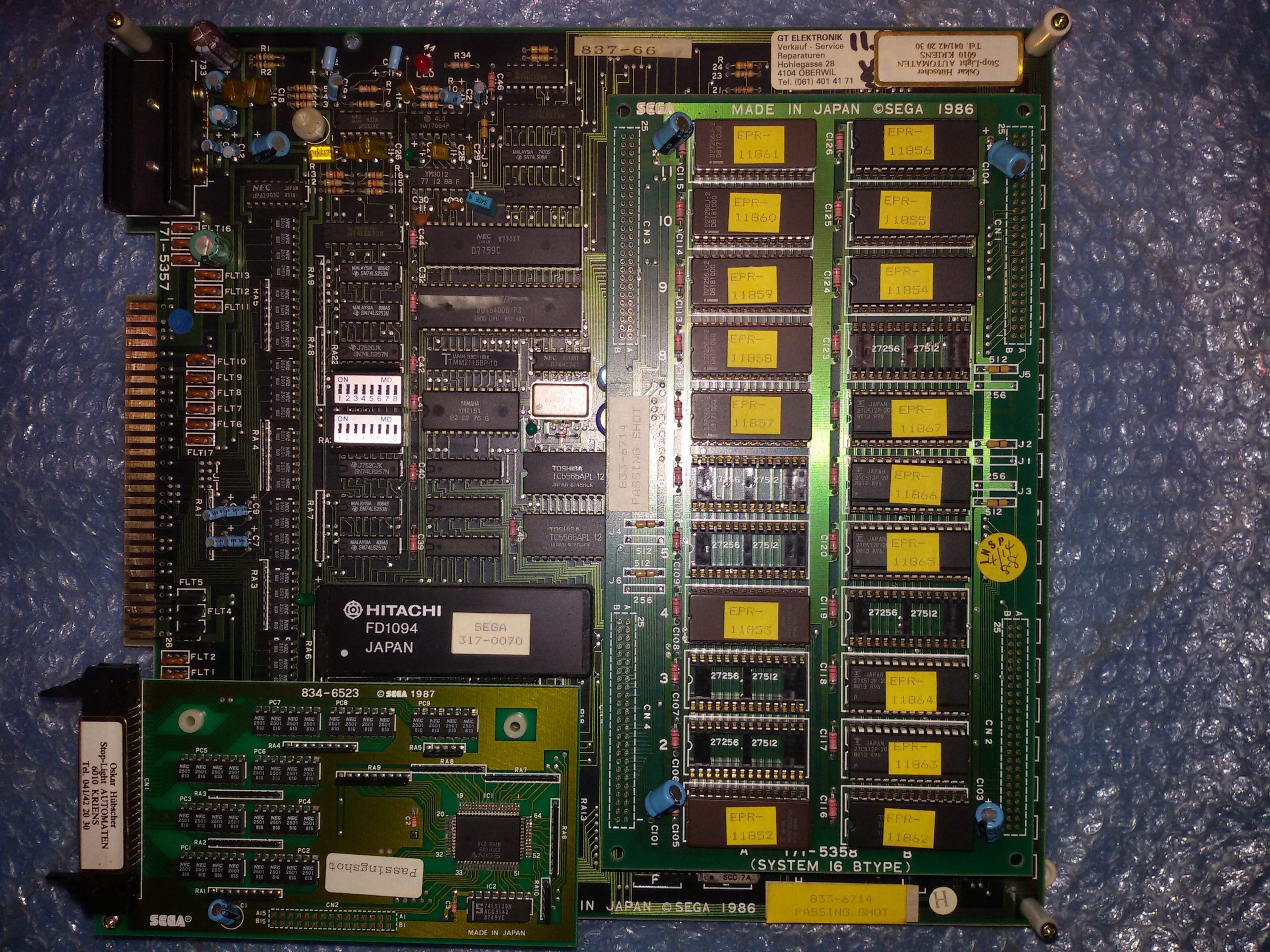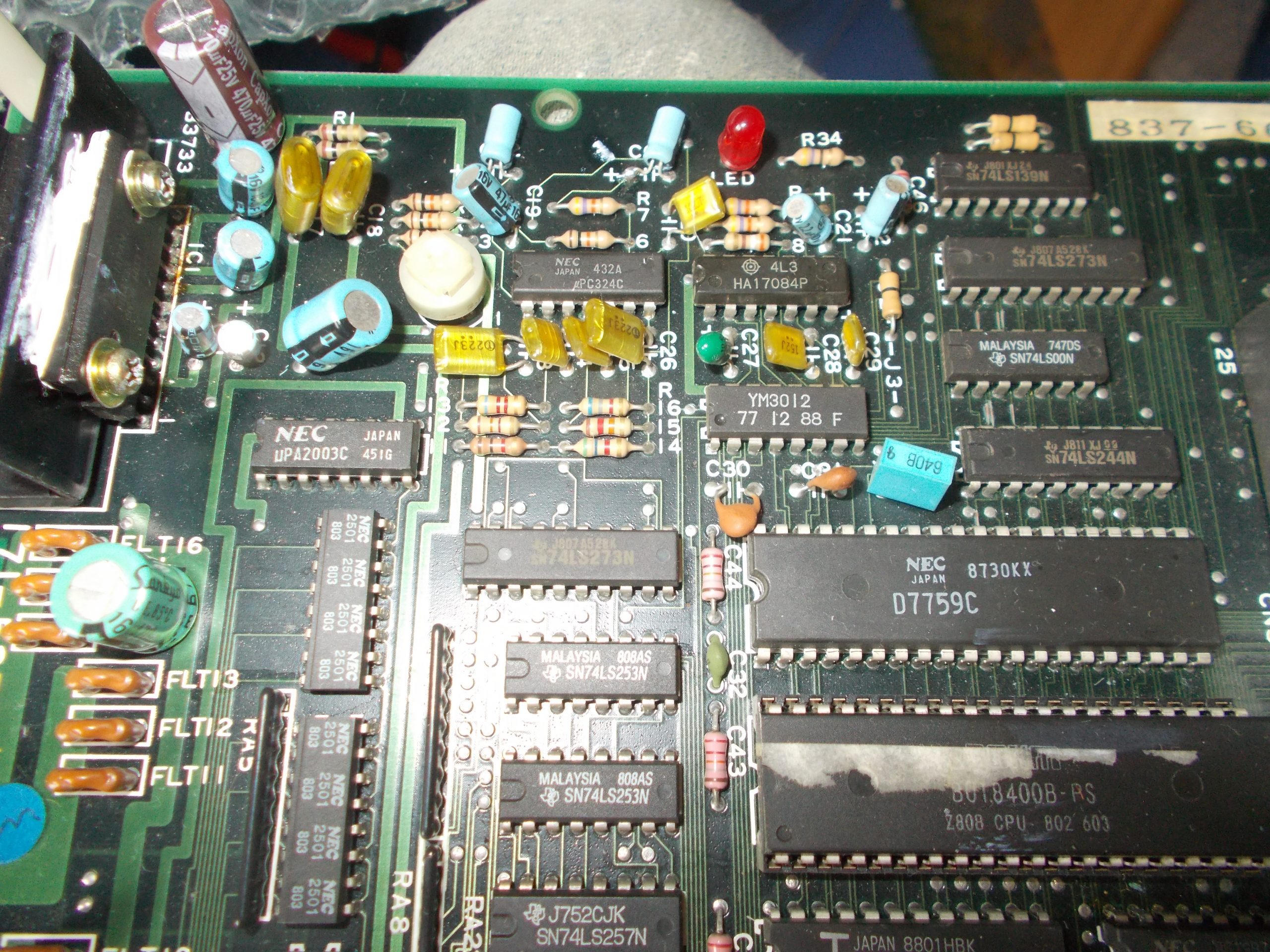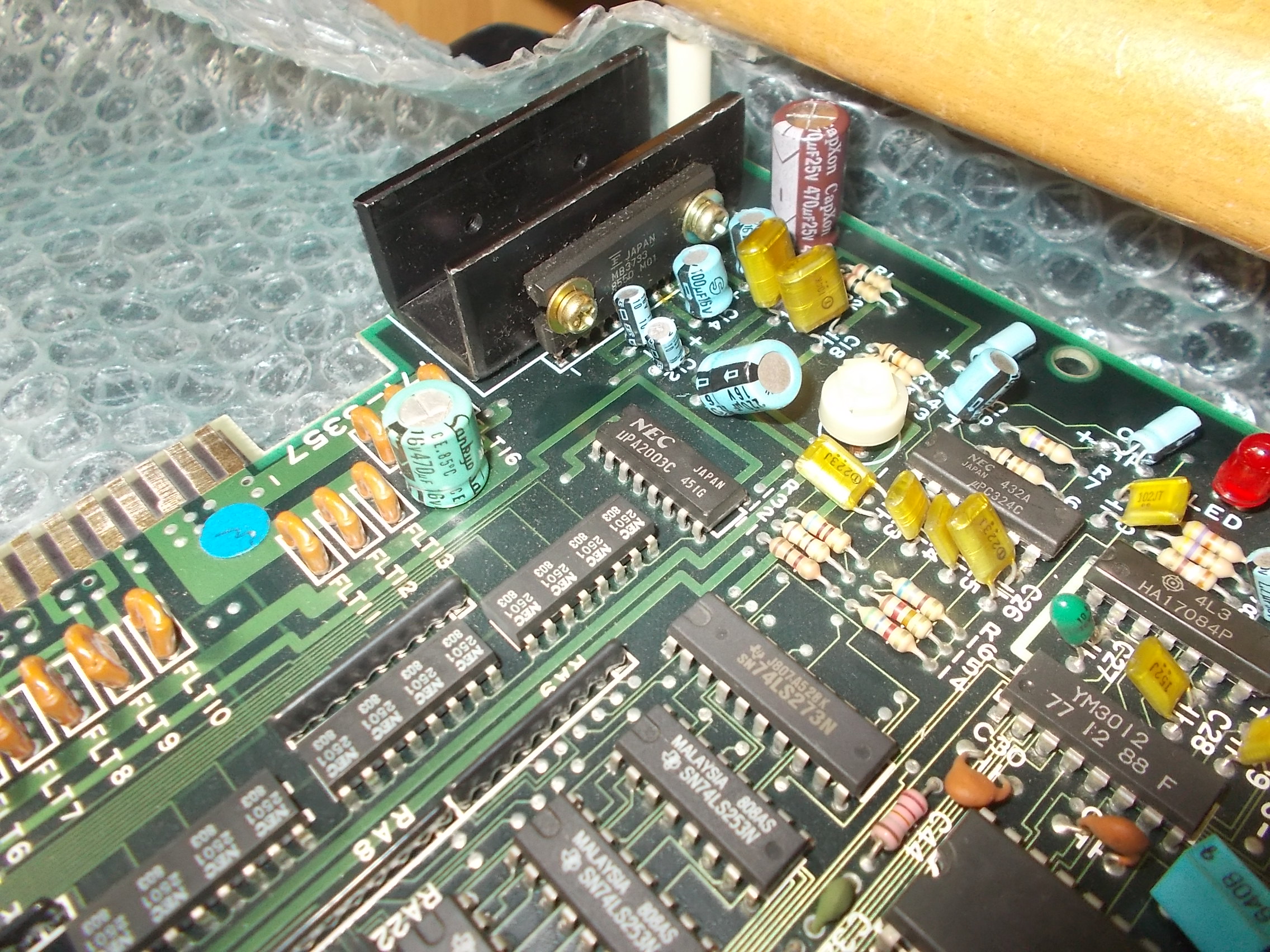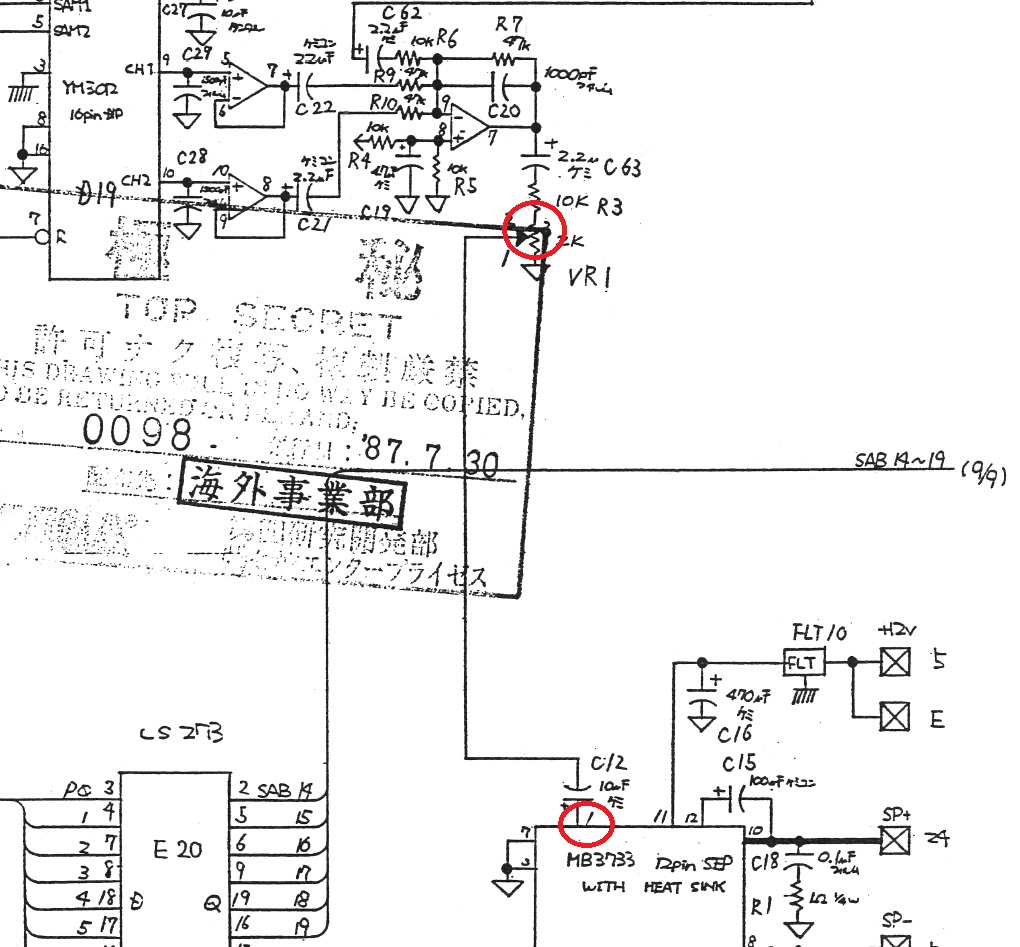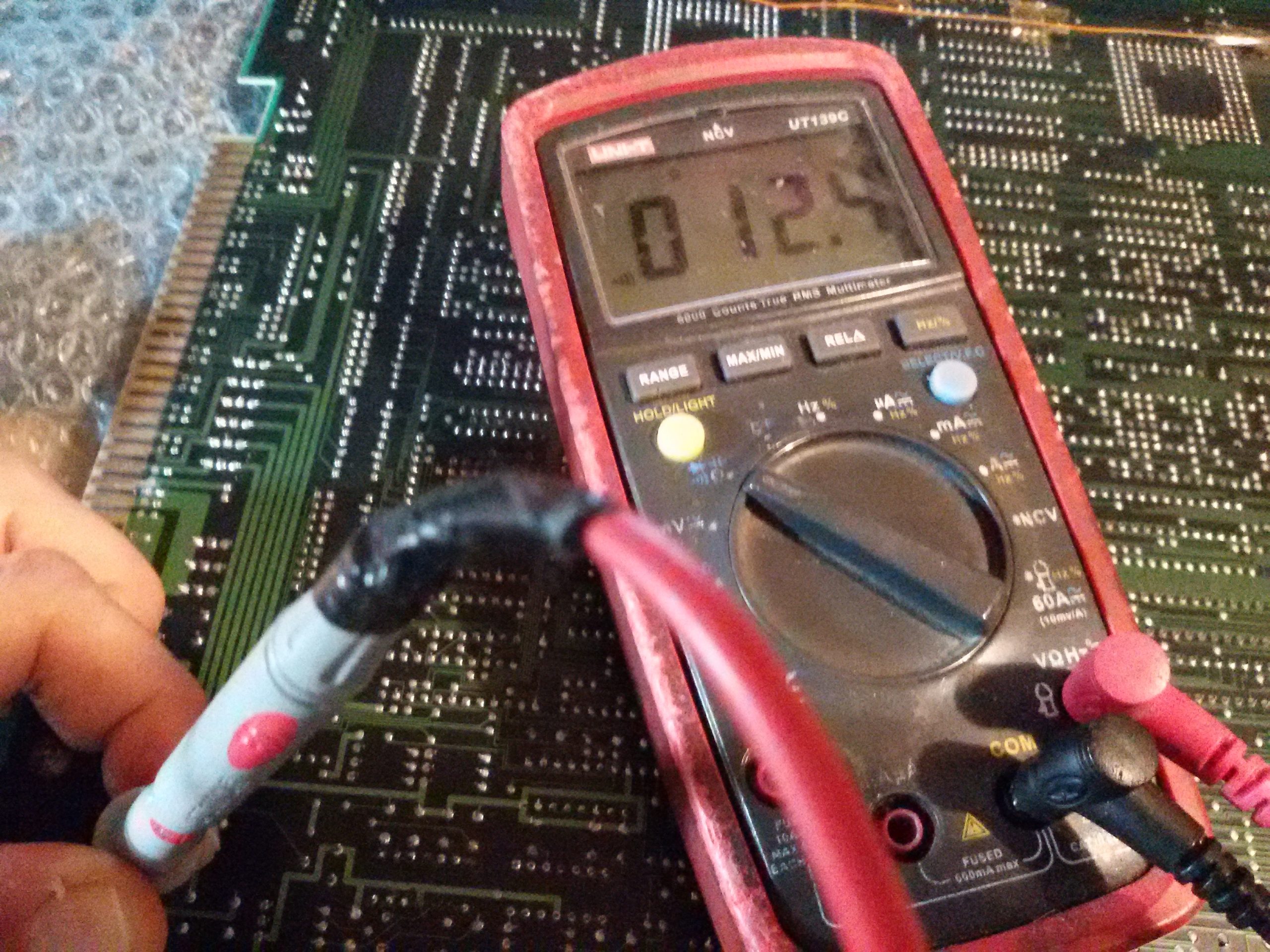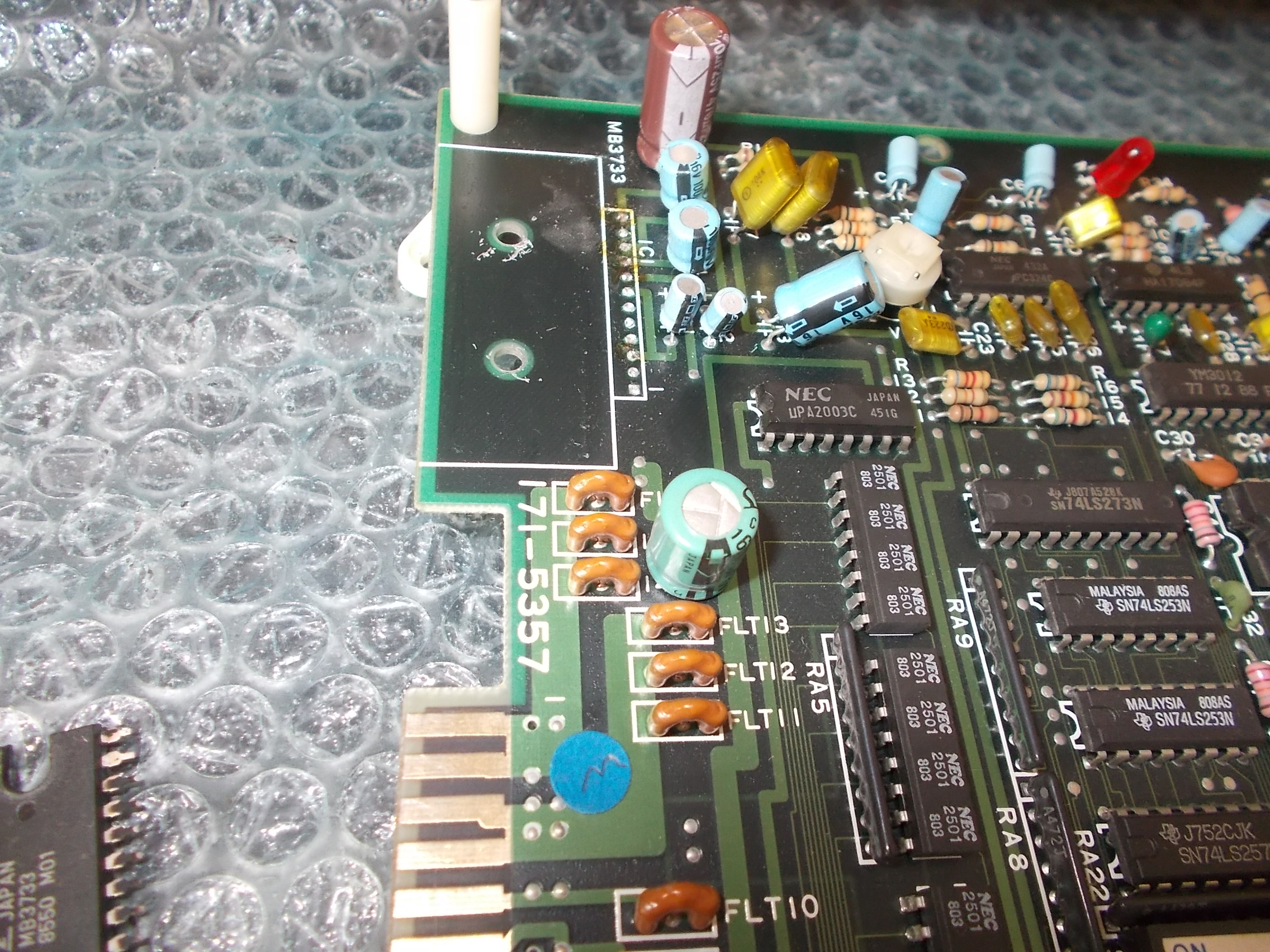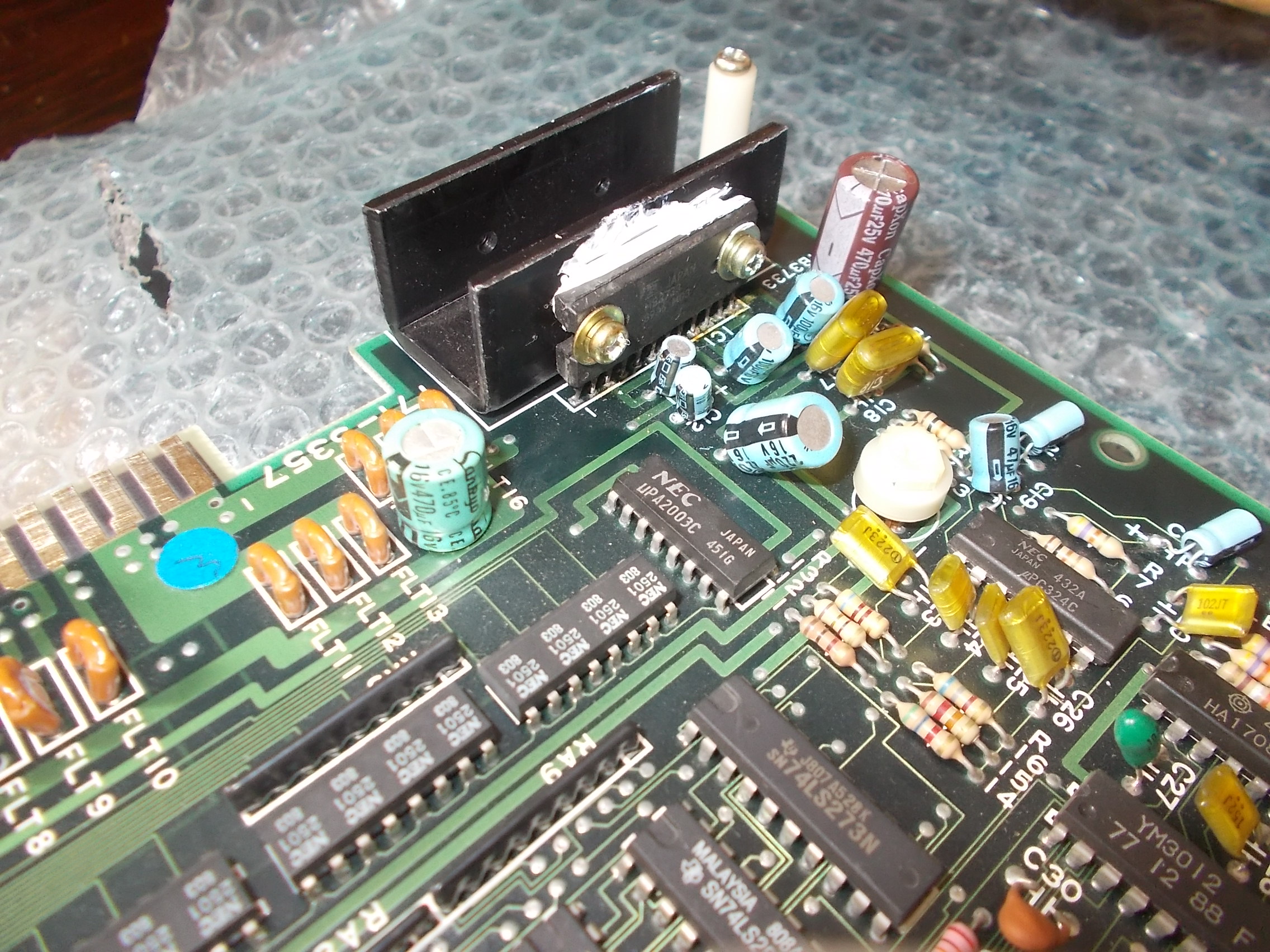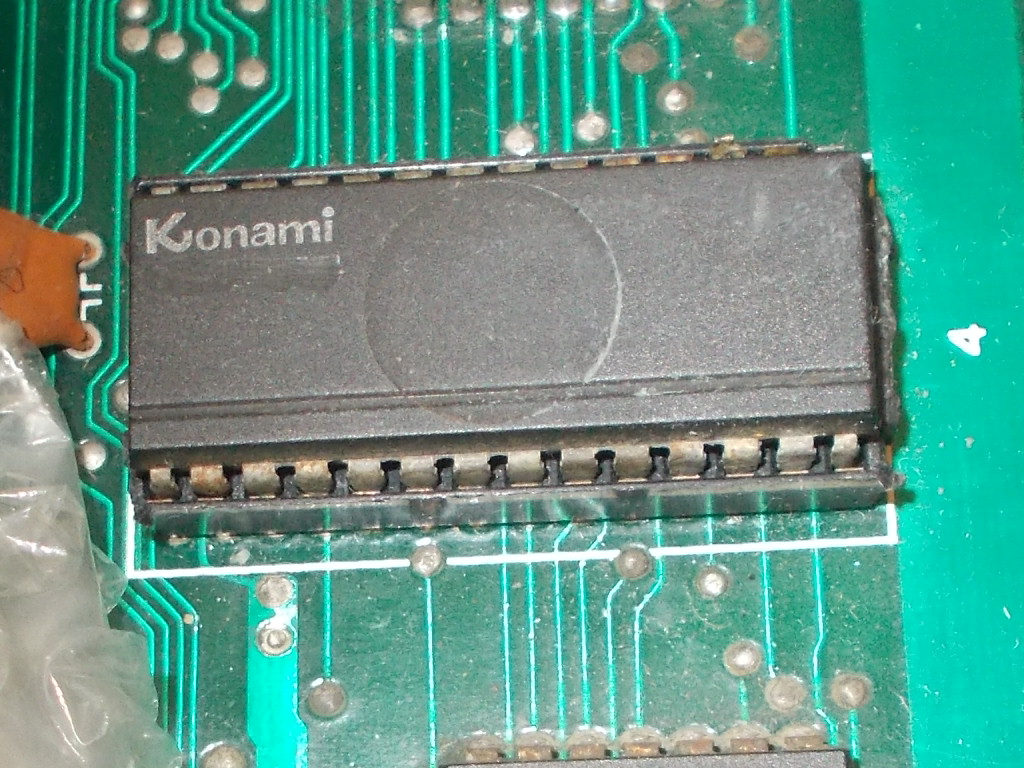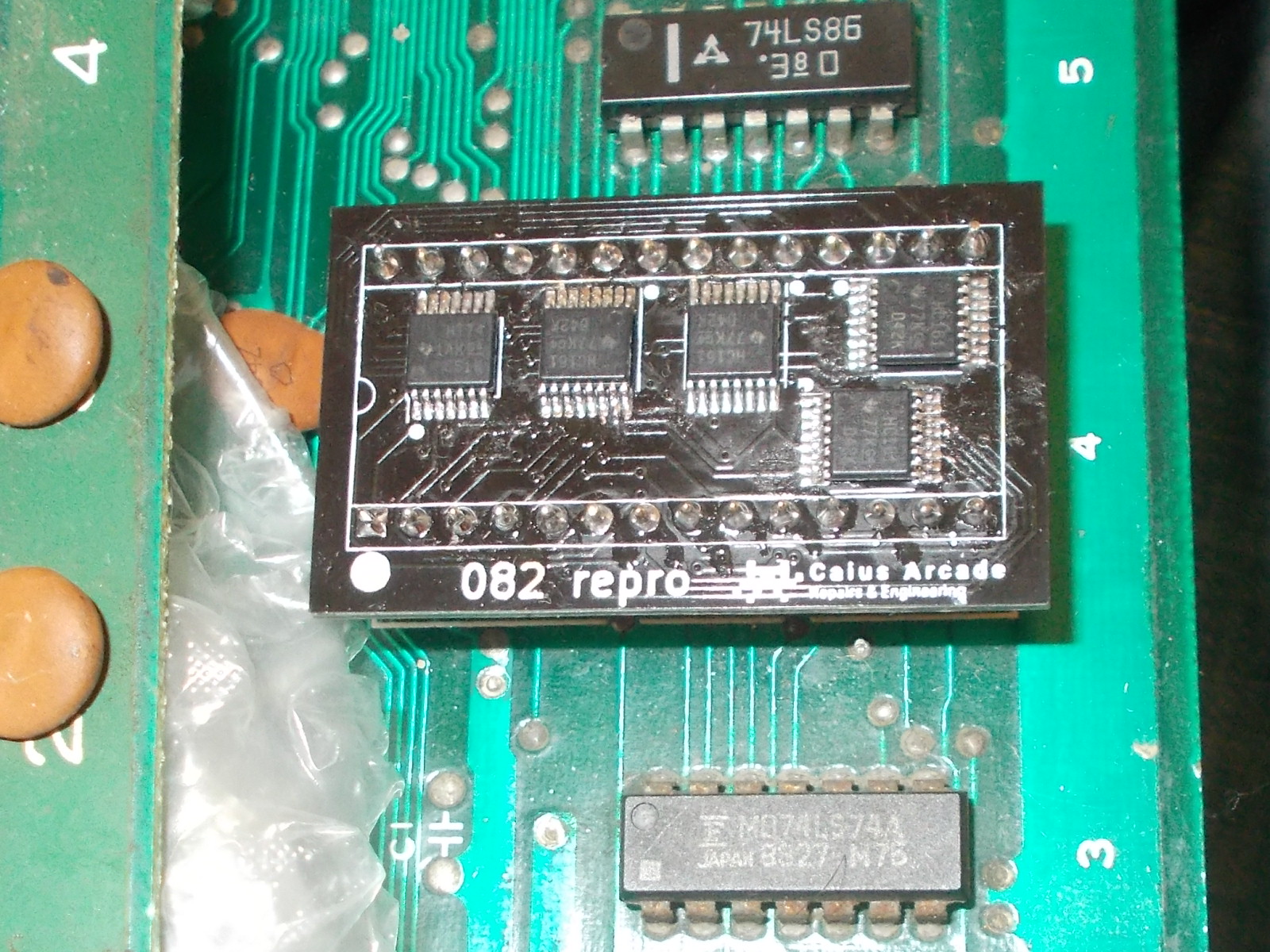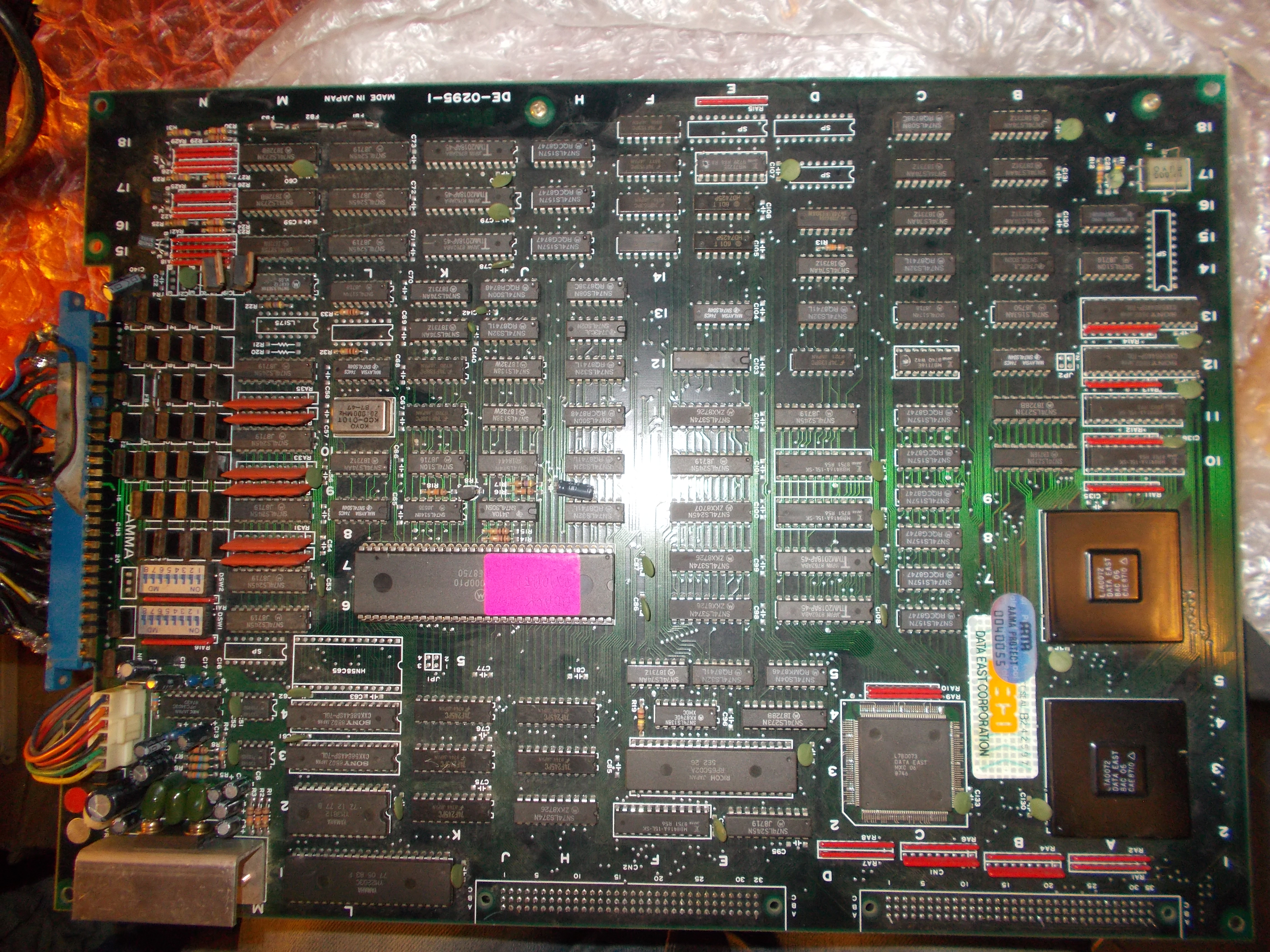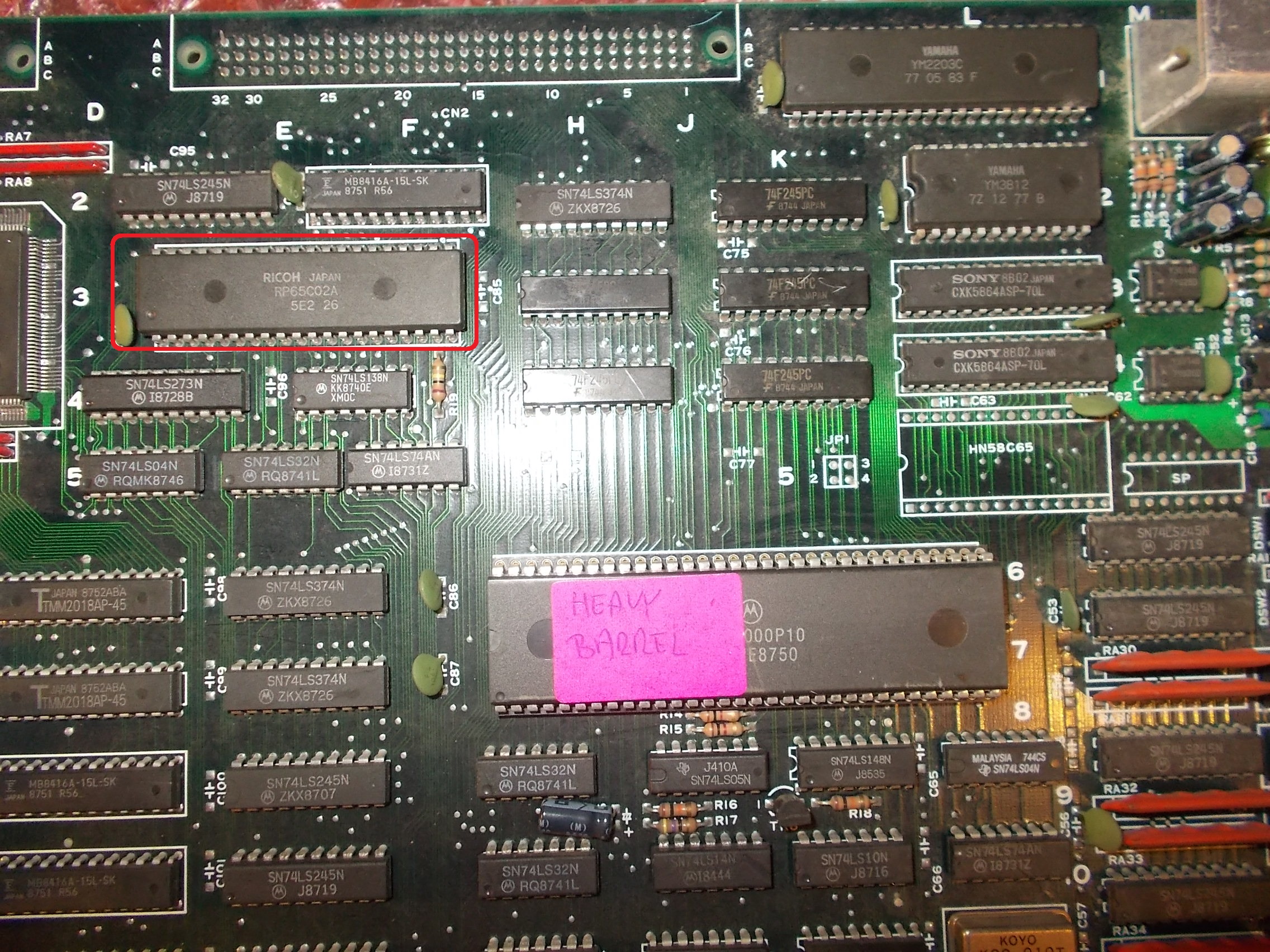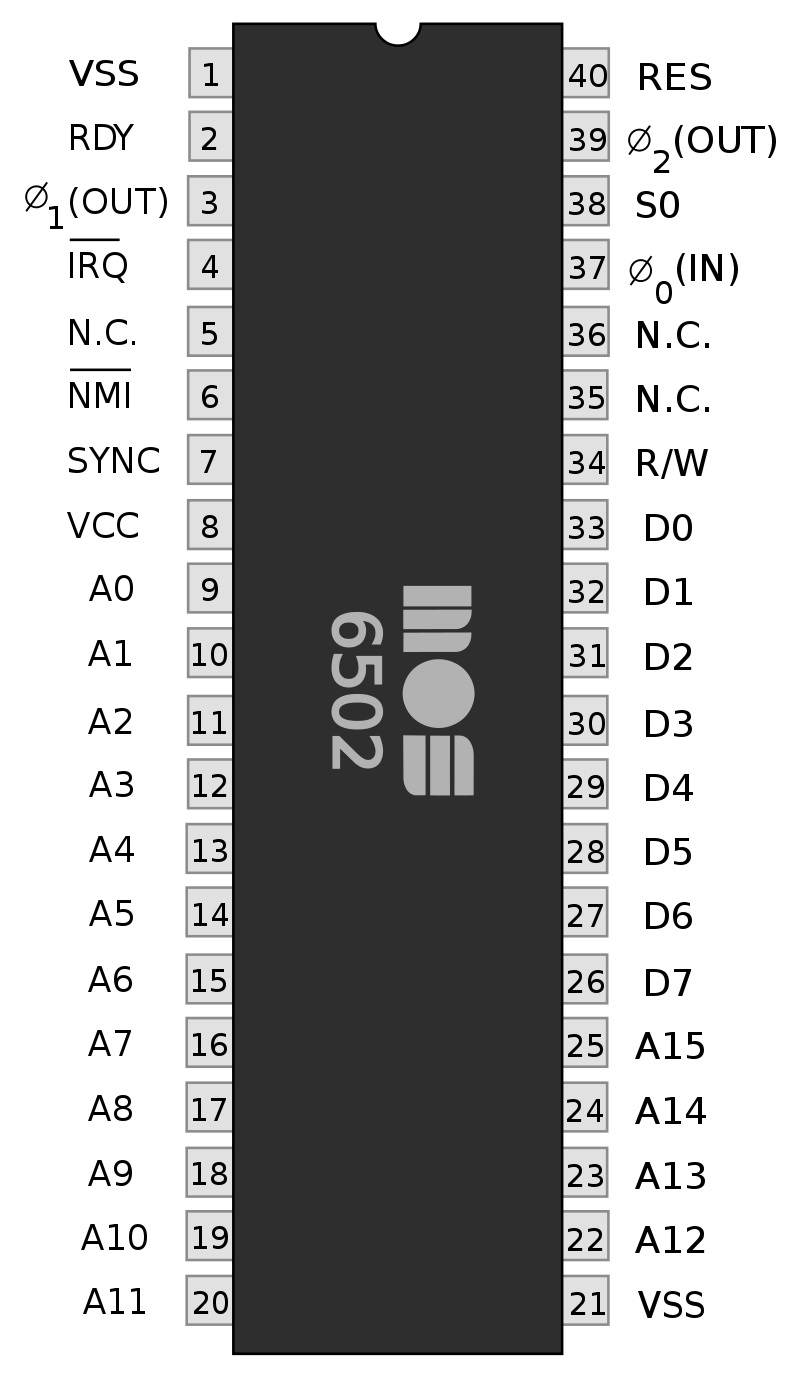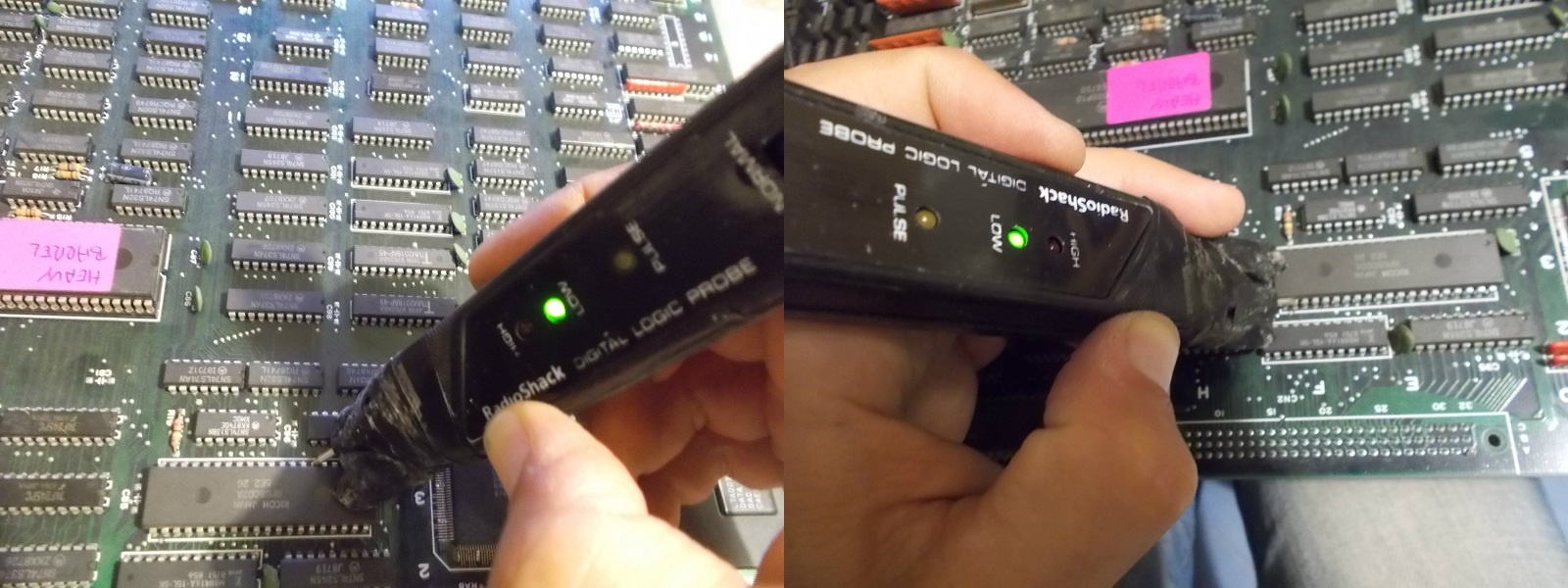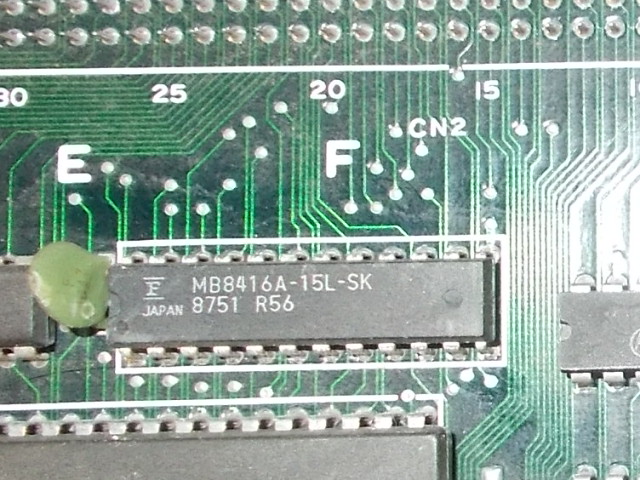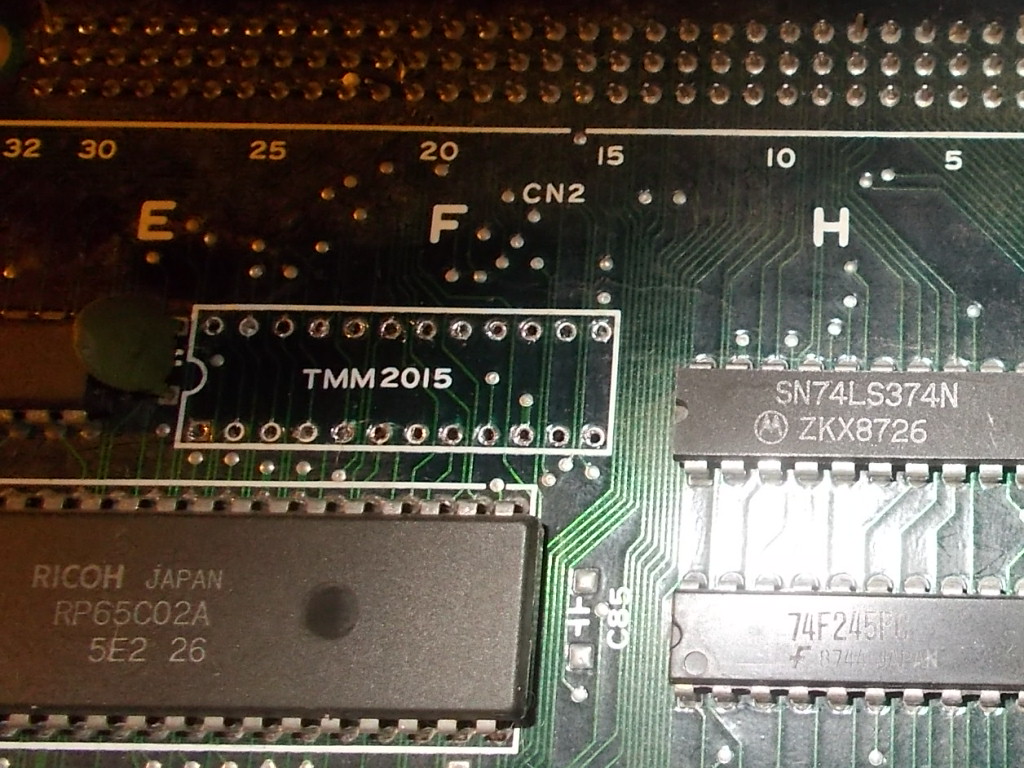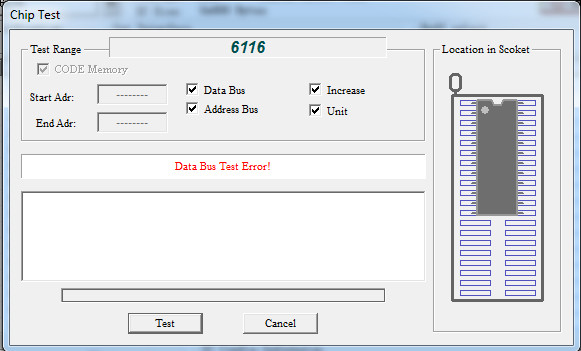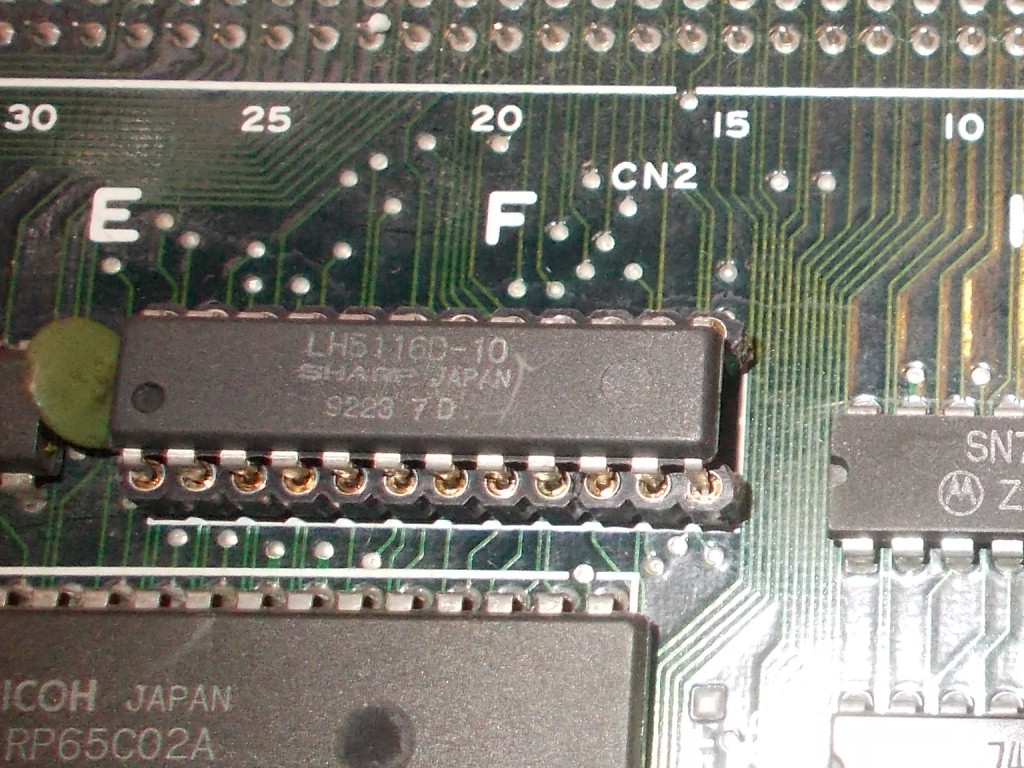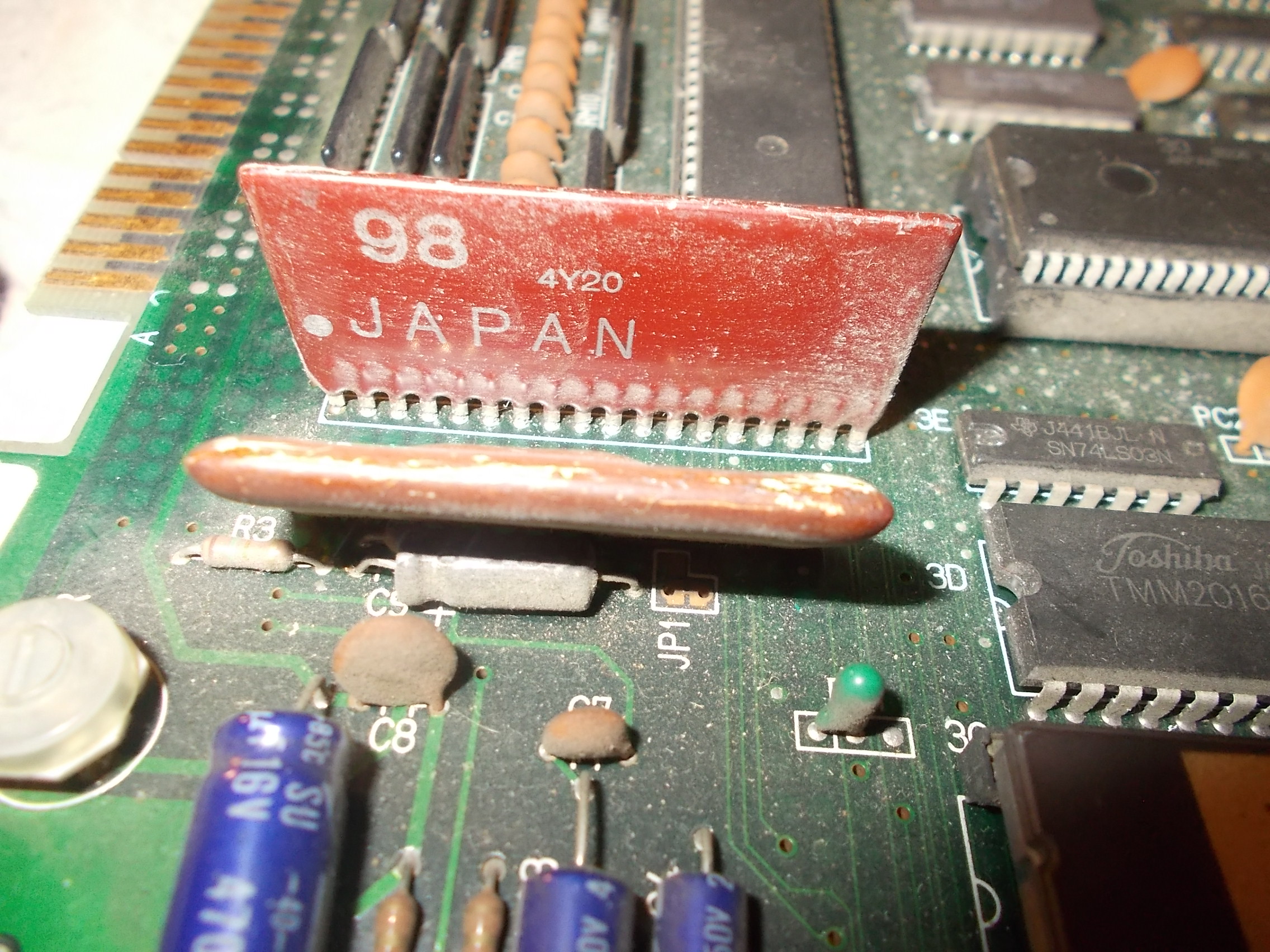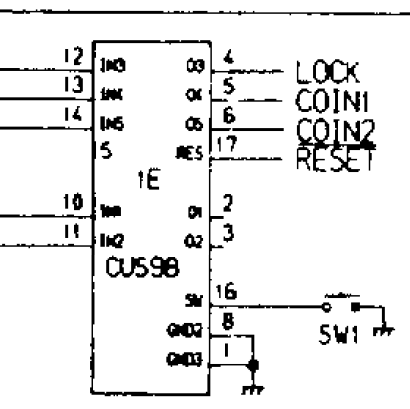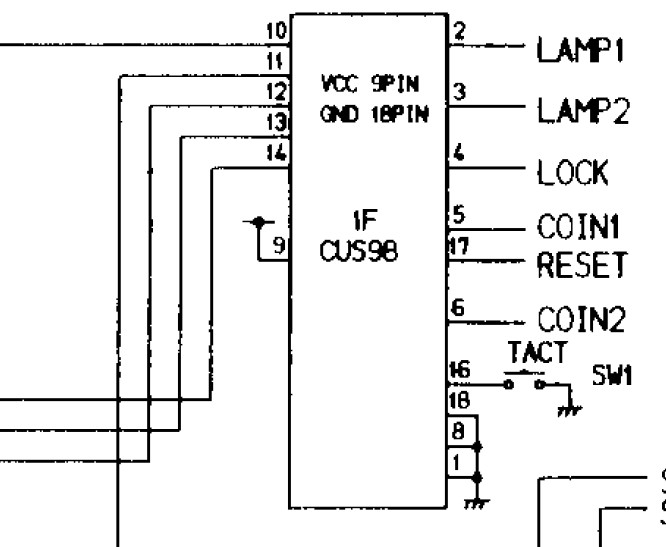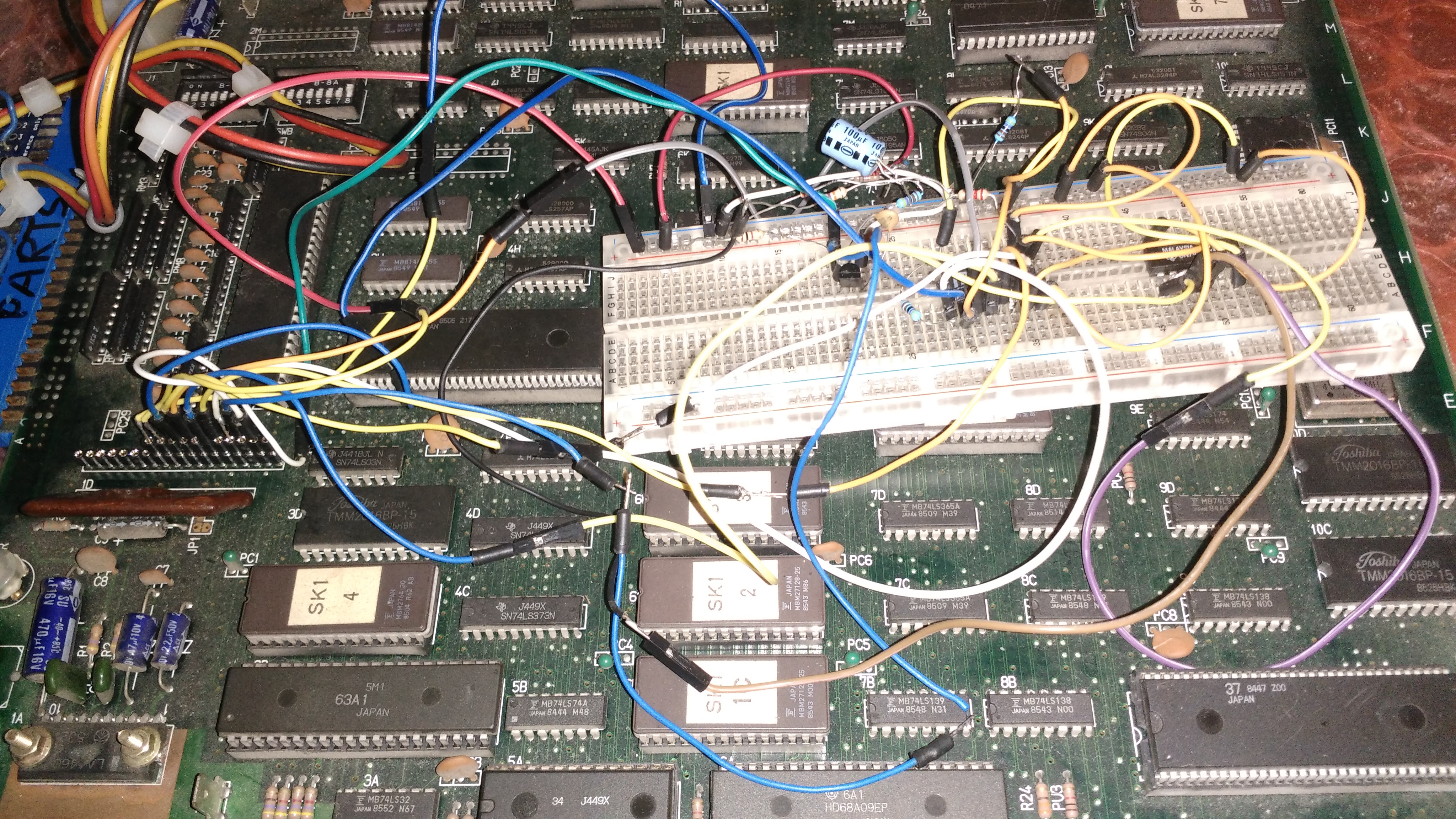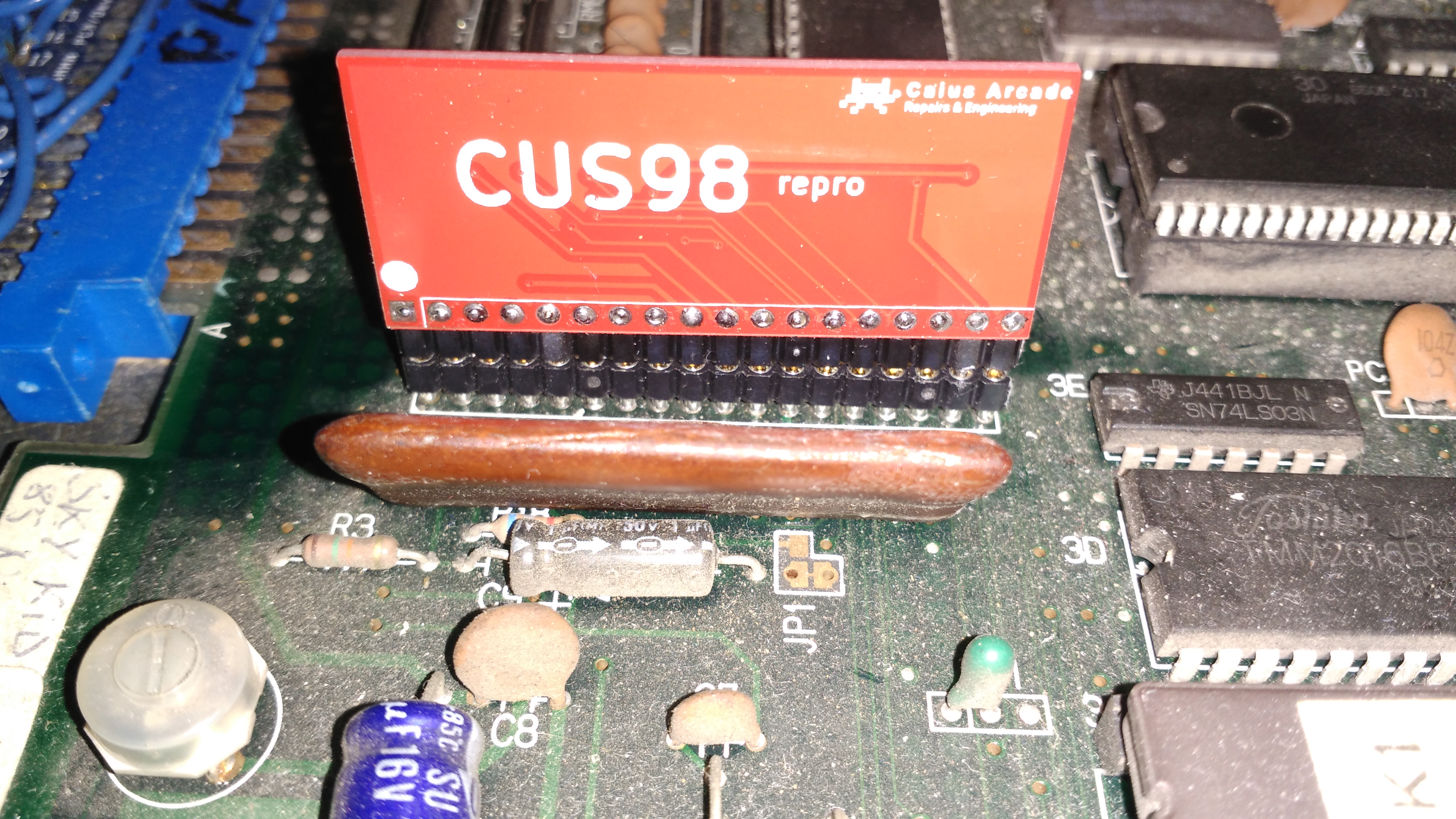Lately I’ve gone through all the faulty/untested PCBs I never looked at (tons of them…) to check if there was something that was worth a repair.I found this Sega System 16B motherboard :
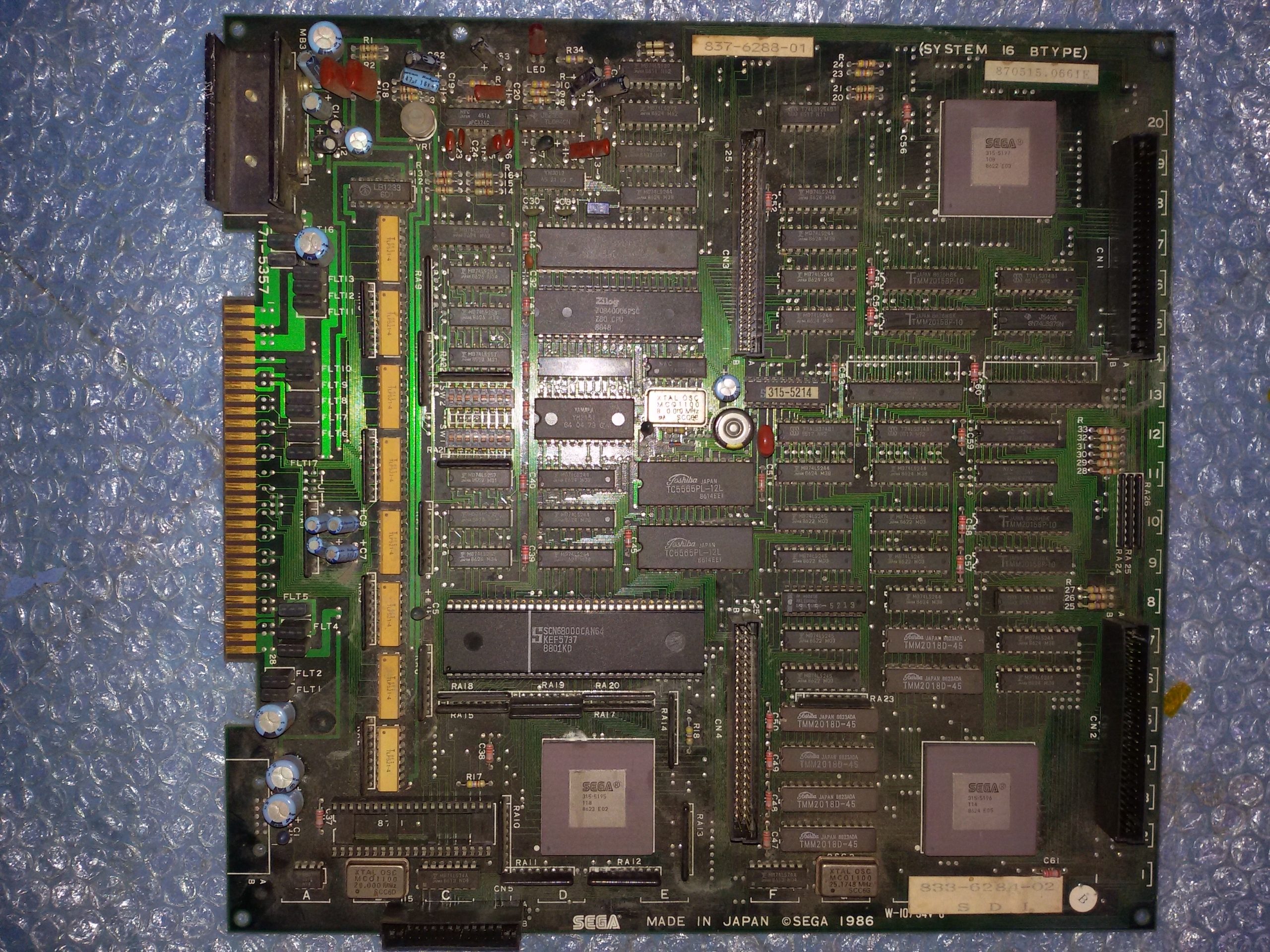
I plugged in a Golden Axe (conversion) ROM board and powered up the set.Board booted up, game was playable with good graphics but sound was missing :
The audio hardware is made of Z80 CPU plus a Yamaha YM2151 for music (and a NEC uPD7759 for speeches) :
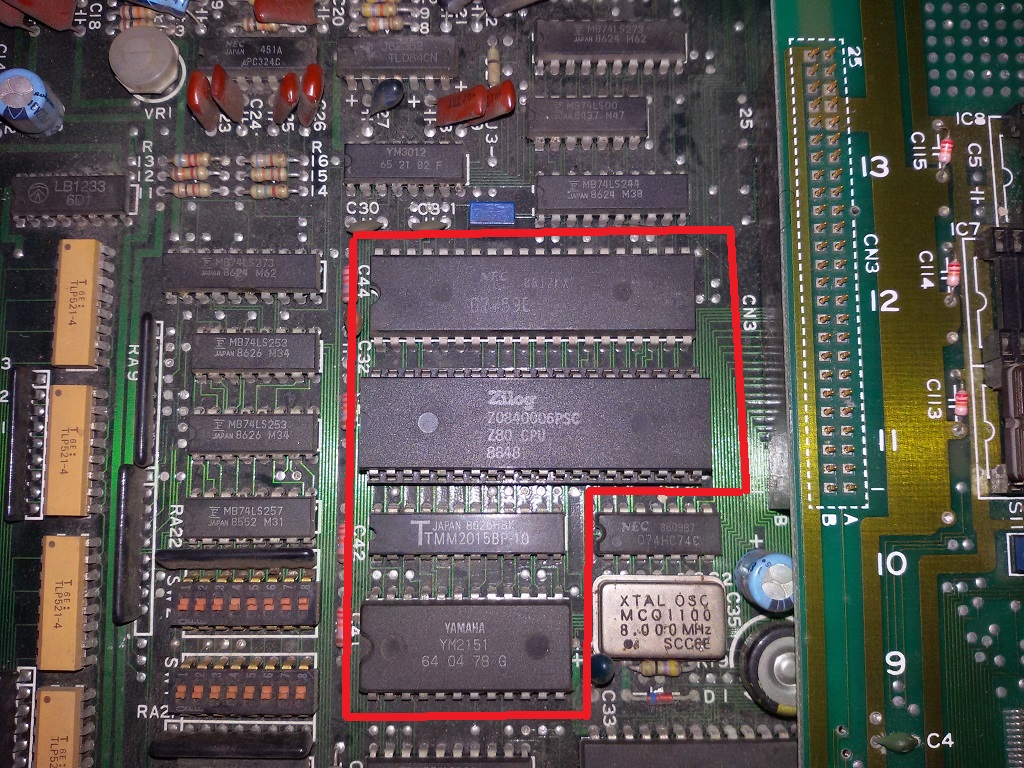
Looking at schematics the serial data from the YM2151 (pin 21) is sent to the YM3102 DAC (pin 4) which then routes the analog signal to the TL084 OP-AMP :
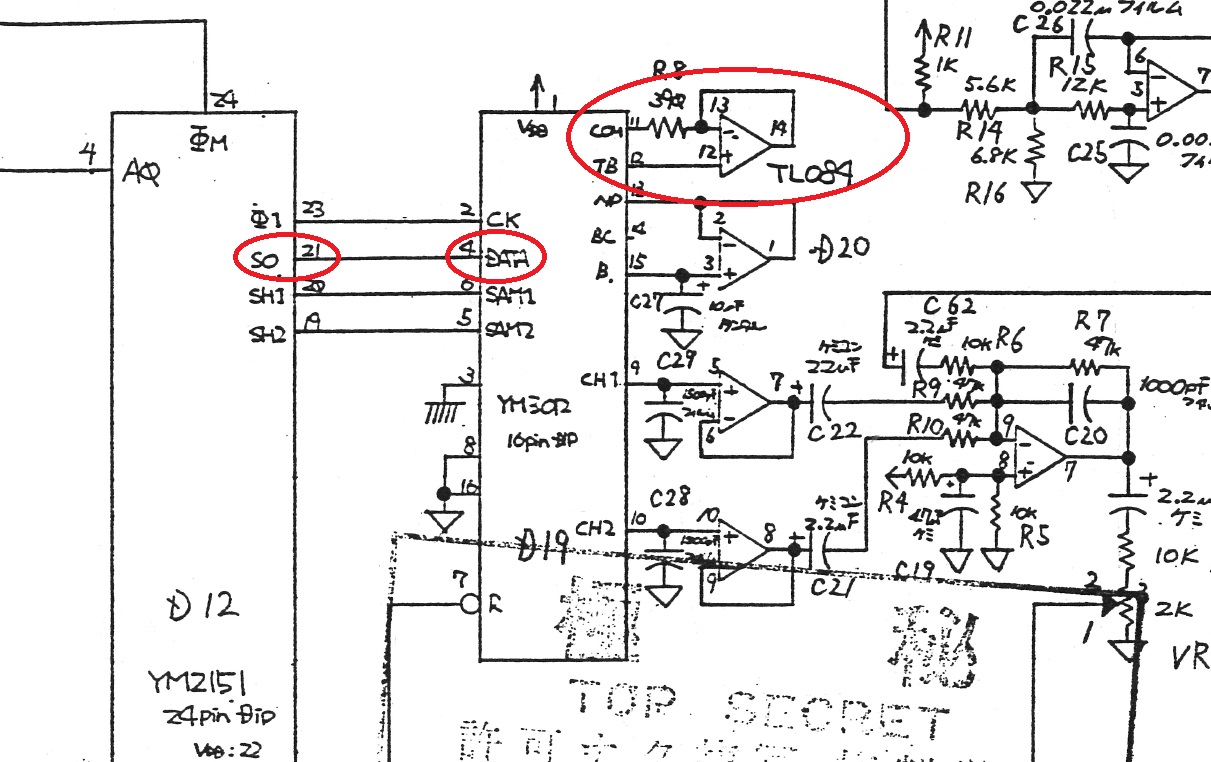
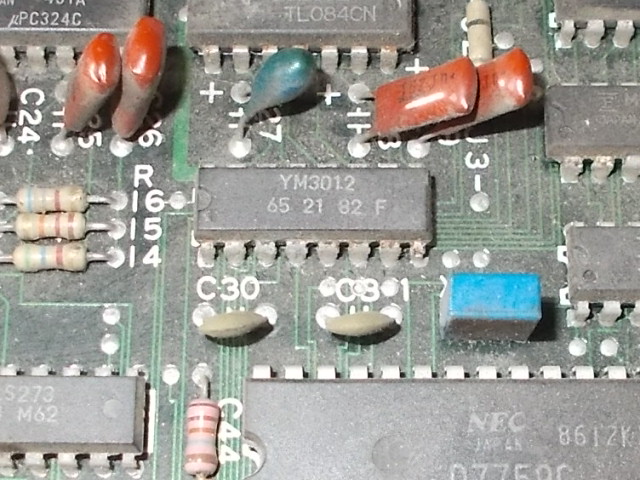
Probing with the oscilloscope revealed the YM2151 serial data were present on the input of the YM3012 (pin 4) but the output (pin 11) tied to the OP-AMP was silent :

The DAC was likely fault so I replaced it :
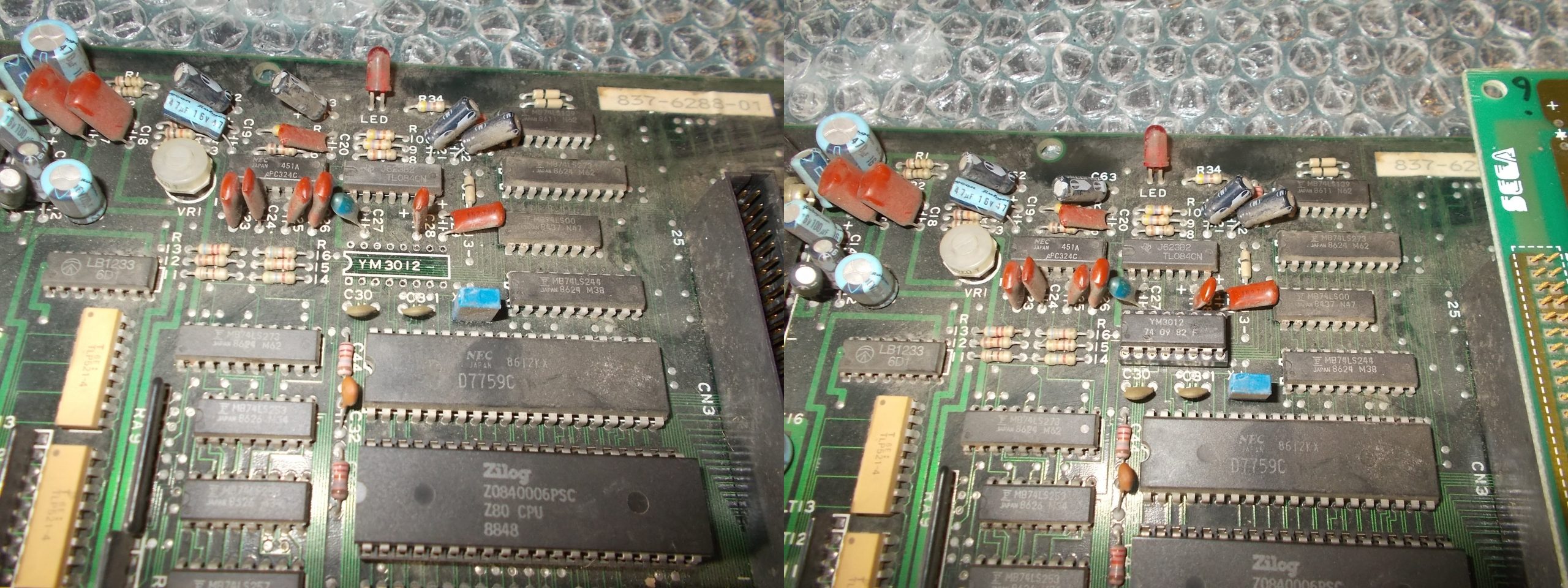
This brought the sound back but it was faint and corrupted (except the speeches that was fine) :
The TL084 OP-AMP is the only part between the DAC and the final sound output :
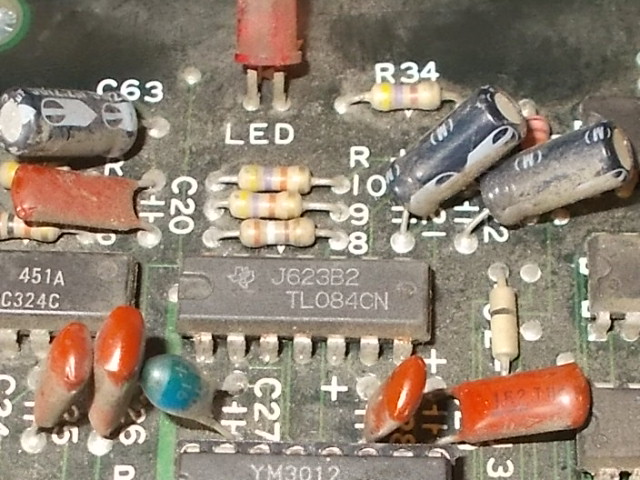
It’s a well known prone to failure part so I went straight to replace it :
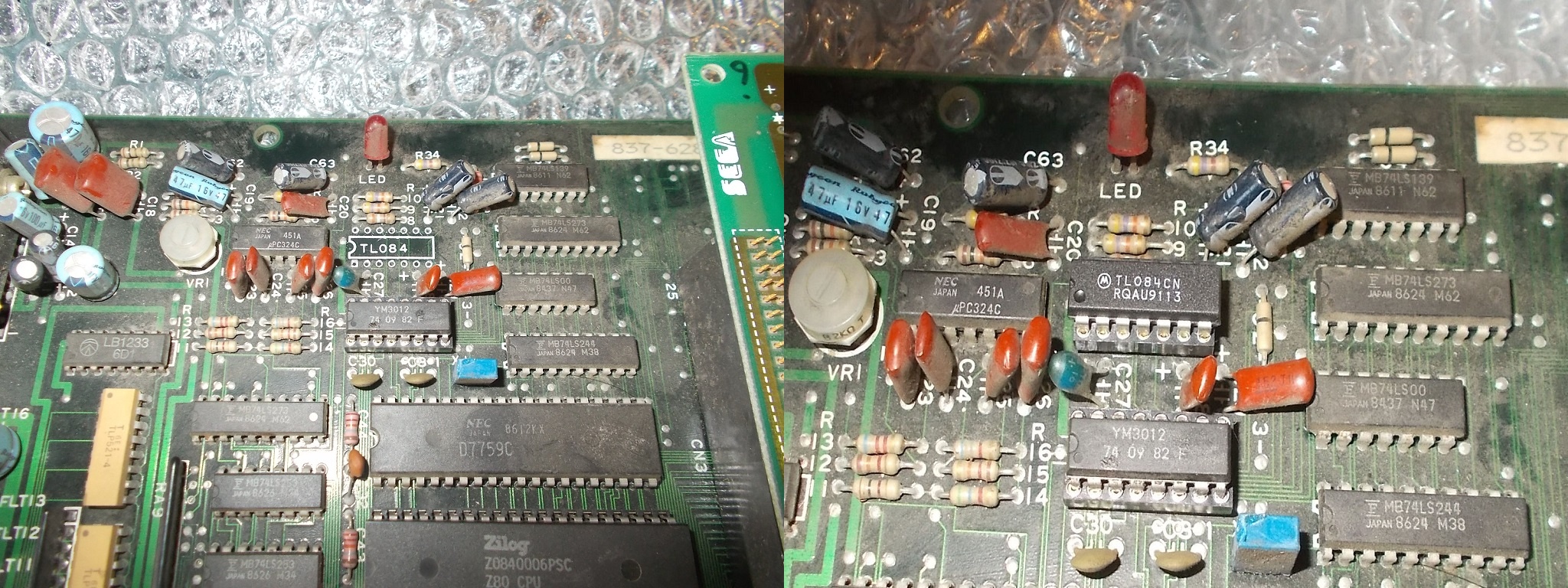
The sound was completely restored and board 100% working.End of job.

